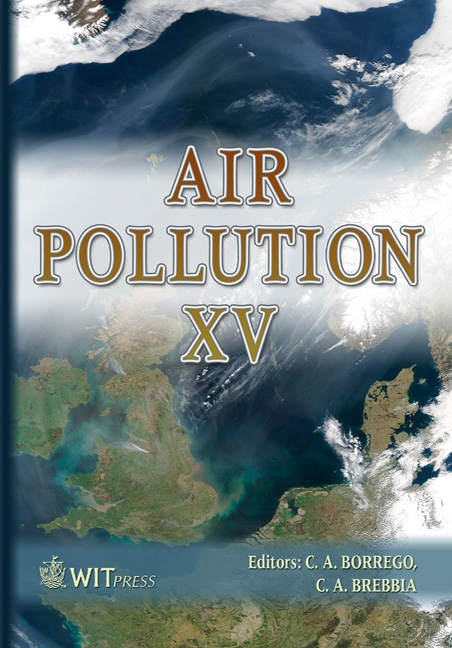Human Exposure Against Particles: The Indoor-outdoor Problem
Price
Free (open access)
Transaction
Volume
101
Pages
9
Published
2007
Size
388 kb
Paper DOI
10.2495/AIR070471
Copyright
WIT Press
Author(s)
U. Franck, T. Tuch, M. Manjarrez, A. Wiedensohler & O. Herbarth1,2
Abstract
Airborne particles seem to be associated with health effects. The main question is what kind of particles (ultrafine, fine — PM2.5 or PM10) cause these adverse health effects. Linked with this question is the problem of exposure pattern and/or exposure scenarios and what is the contribution to the doses coming from outdoor and indoor exposure. In urban areas, ultrafine particles primarily originate from traffic. The influence of traffic on outdoor and indoor concentrations is therefore of special interest. Within epidemiological studies the exposure situation is usually characterized using outdoor particle concentrations, despite people spending most of their time indoors. The aim of the following study was to elucidate how indoor particle size distributions correlate with outdoor concentrations in the absence of significant indoor sources. The outdoor and indoor particle size distributions were measured with scanning and differential mobility particle analyzer systems. In absence of major indoor sources total indoor particle number concentrations were always lower than outdoor concentrations. Obviously the indoor environment is generally shielded against outdoor particulates. The indoor size distributions of particles are different from outdoor ones: the concentrations of very fine particles are decreased significantly and the concentration maxima are shifted to larger diameters with respect to outdoor particle sizes. Furthermore a time lag exists in the correlation between outdoor and indoor number concentrations. Outdoor particle concentrations contribute considerably to indoor concentrations. Therefore, in the absence of actual indoor measurements, outdoor particle size distributions can be used in epidemiological investigations as a surrogate for actual indoor particle concentrations. To assess the resulting particle burden for humans, a suitably weighted average emphasizing indoor aerosol particles must be used. To classify the health effects of particles of different diameters, different reductions of particle number concentrations depending on the particle sizes must be taken into account if indoor concentrations cannot be measured and outdoor concentrations are used in place of indoor measurements. Keywords: particles, indoor, outdoor, health relevance.
Keywords
particles, indoor, outdoor, health relevance.





